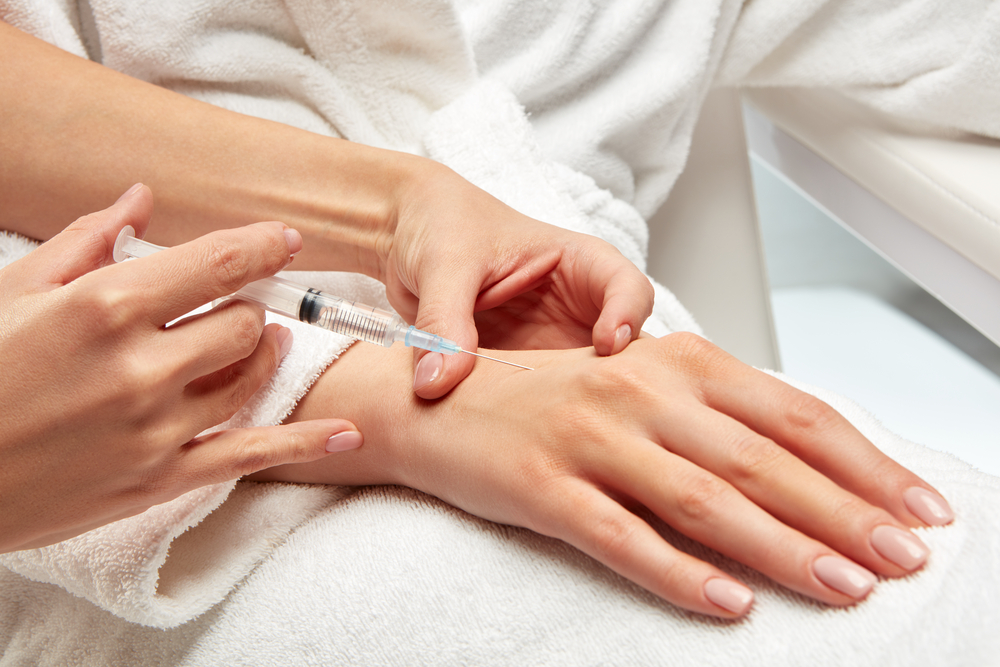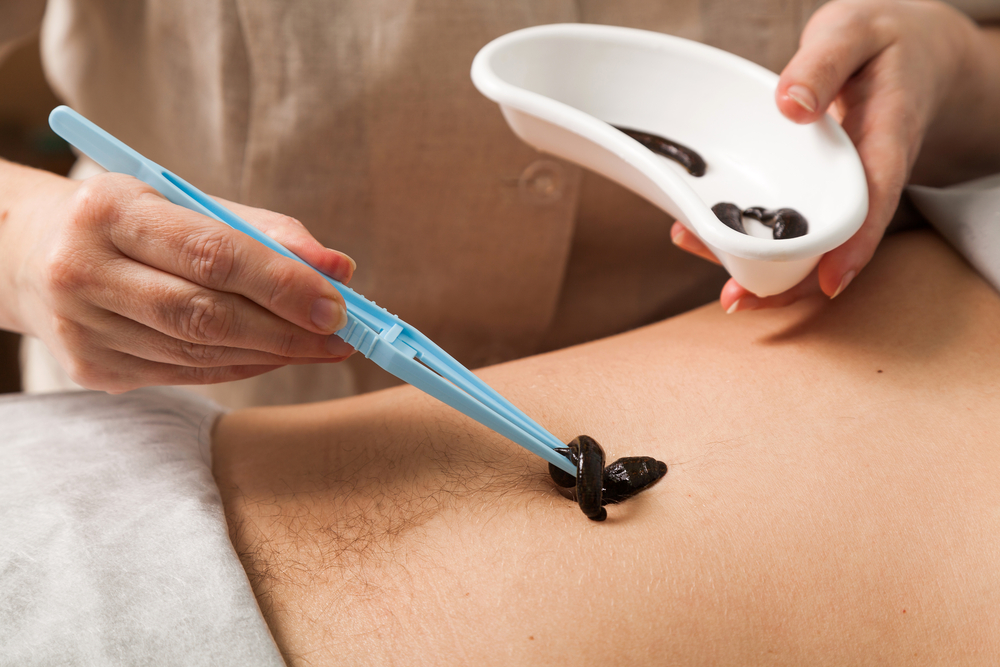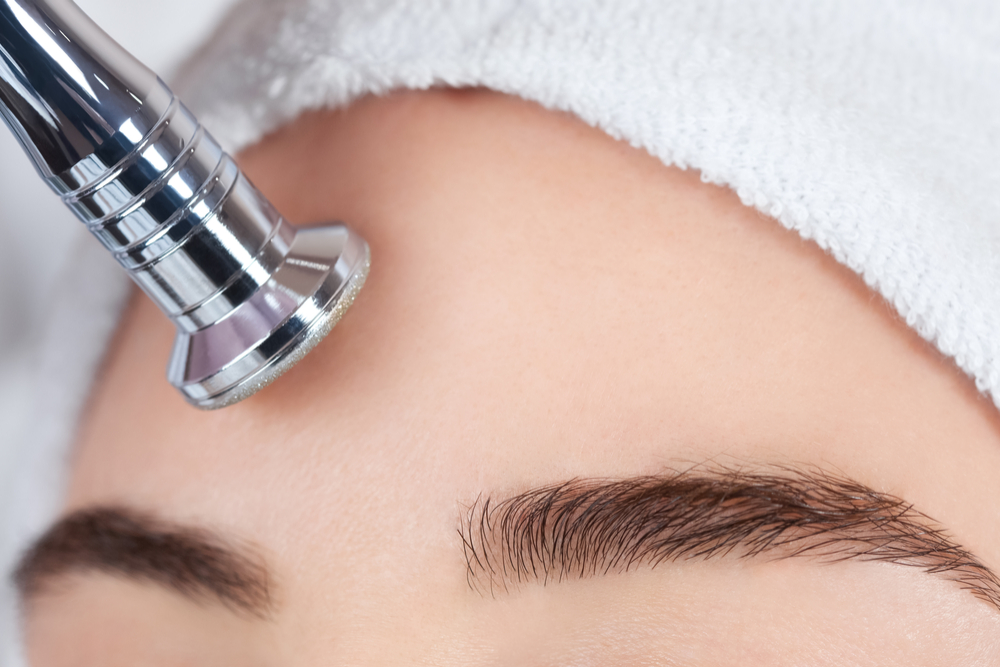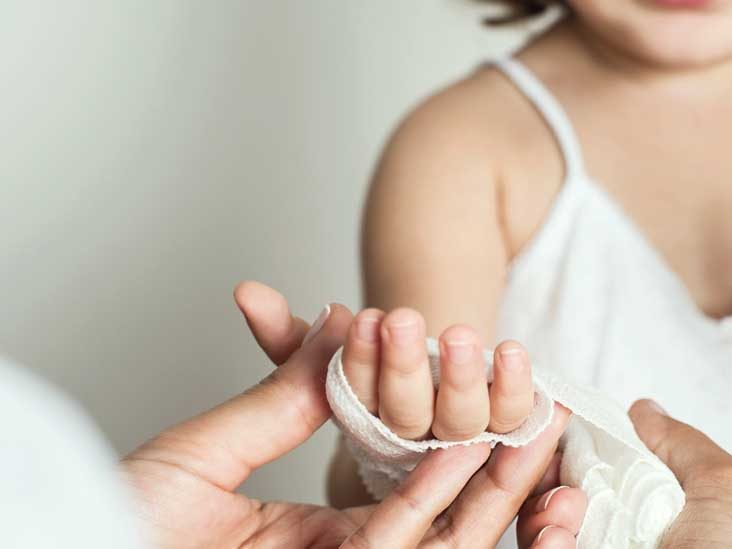This issue is brought to you by Kalos Medical Spa
- Hands change in appearance as you age.
- Hand fillers add volume to hands to make them appear more youthful.
- Radiesse and Restylane Lyft are the only FDA-approved hand fillers.
- Results typically last for about six months.
More than any other body part—except for the face—hands are exceptionally prone to showing the signs of aging. However, unlike facial cosmetic procedures, which have come a long way in recent years, the science of hand rejuvenation has been primarily neglected. Patients can enjoy a plethora of options for achieving a youthful, balanced facial aesthetic, but they have few choices when it comes to treating aging hands.
Fortunately, this is changing. The Food and Drug Administration (FDA) has approved a few select products that physicians can use to improve the appearance of aging hands. If you’re considering hand rejuvenation treatment, it is important to have a good understanding of what is involved with the procedure, and the types of fillers that may be used. Read on to gain more insight into hand fillers and find out if this type of treatment is right for you.
Understanding the signs of aging
As we age, our hands undergo some visual changes—often long before other parts of the body do. As with exposed skin elsewhere on the body, the skin on the hands is susceptible to sun damage, but even more noticeable is how they begin to change shape. As we age, hands start to lose volume, which can make veins, tendons, and bones more prominent and result in an almost “skeletal” appearance.
What’s responsible for these effects? Research from the UCLA School of Medicine suggests that a number of factors are at play. Hands typically receive a lot of sun exposure, which can lead to sunspots and fine wrinkles, change skin’s texture, and cause actinic keratosis—a precancerous patch of scaly skin that forms on sun-damaged skin. The volume loss is a natural part of the aging process, though it is believed that ultraviolet light may also be a contributing factor.
What are hand fillers?
Hand fillers are a form of treatment that can be used to effectively reverse the signs of aging. A substance is injected into the back of the hands to replace the tissue that is lost due to aging. The most common type of hand fillers are dermal fillers, which contain a gel comprised of substances that are naturally found in the body.
Currently, there are only two products that have received FDA approval specifically for use in the hands: Radiesse and, more recently, Restylane Lyft. However, according to Dr. Tanya Kormeili, MD, a board-certified dermatologist in Santa Monica, CA, face fillers more or less work on the same principle as hand fillers, and many doctors are able to carry out off-label treatments (using a medication in a manner not specified by the FDA) to great effect.
“All fillers approved in the US are quite safe if used correctly by an expert,” says Dr. Kormeili. “Improper placement can result in blockage of tissue blood supply and necrosis. Experts often use fillers off-label but this is only safe if the expert really knows the anatomy of the area and avoids vascular compromise.”
There are a few different types of dermal fillers. Which one your doctor will recommend depends on your specific requirements, as well as their professional preferences. Oftentimes, the type of dermal filler will be the one the doctor has the most experience using—allowing them to deliver the best results.
Types of fillers
Radiesse
Radiesse, created by Merz Pharmaceuticals GmbH, was the first FDA-approved hand filler, and is widely used to restore lost volume to aging hands. Radiesse is based on calcium hydroxylapatite, a component found in bone and teeth. In addition to adding volume, Radiesse can also help conceal veins and tendons thanks to its opacity and color.
According to research published in the Journal of Cutaneous and Aesthetic Surgery, Radiesse typically lasts for at least six months. Many people experience positive results from using this filler, with research published in Dermatologic Survey finding that 88% of physicians and 76% of patients were satisfied with the results six months after Radiesse treatment.
Restylane Lyft
Restylane Lyft has a rich history as a facial filler, but only recently received FDA approval for use on the back of the hands. In May 2018, FDA gave its approval based on the results of a clinical trial, which showed that Restylane was both a safe and effective option for patients looking to restore volume to their hands.
“As demonstrated in this first-in-class clinical trial, Restylane Lyft offers a safe and effective [hyaluronic acid] treatment option for restoring volume to the hands and delivering natural-looking results,” said Dr. David Bank, a clinical investigator for Restylane Lyft in the hands, as quoted in a Nestlé Skin Health press release. “This new treatment allows me to address the 65% of women over the age of 35 that believe their hands make them look older than their age.”
Hyaluronic acid is believed to increase the thickness and elasticity of the skin, in addition to restoring volume. Effects typically last approximately six months.
Fat injections
Fat injections are widely used in reconstructive and cosmetic surgery. This procedure involves removing fat tissue from parts of the body (often the thigh, knee or around the navel) and injecting it into a target area to restore volume and improve symmetry.
As a hand treatment, fat injections are more invasive than dermal fillers as they require the fat to be harvested from the body before it can be injected. However, the results are typically much longer-lasting, and can provide volume to the hands for three years or even longer, depending on how your hands respond to the treatment..
The majority of people report good results from fat injections. A study published in the European Journal of Plastic Surgery found that 84% of patients were satisfied with the results of a fat injection in their hands, 12% were somewhat satisfied, and just 4% were dissatisfied.
What is the procedure?
If you opt for a dermal filler, you will be relieved to know the procedure is noninvasive and will probably not be too disruptive to your day-to-day activities. In most cases, your doctor will be able to perform the procedure in under an hour.
The details of the procedure will vary from person to person, but it typically involves your doctor applying a local anesthetic or numbing cream before injecting the dermal filler between your fingers. Most people find there is minimal pain involved.
Depending on your specific needs, your doctor may recommend using a combination of treatments to help rejuvenate your hands. Lasers, for example, can be used to even out the complexion of hands, while sclerotherapy (a medical procedure in which a solution is injected directly into a vein) may be used to eliminate unsightly veins.
“Hands look old partly because they are void of volume, and partly because of wrinkles and brown spots. To fully rejuvenate the hands, I use a combination of Radiesse for volume restoration, and various lasers for the wrinkles and discoloration,” says Dr. Kormeili.
Recovery process
The post-procedure recovery phase is fairly brief: most people are able to return to their regular activities within a few days. You may experience some swelling, so it is a good idea to avoid strenuous activities for about 48 hours after the treatment as this stimulates blood flow, which can prolong the inflammation.
“Fillers can cause some bruising and swelling,” says Dr. Kormeili. “This can take a week or so to recover from. We use Arnica and ice to help. One can use makeup to cover the bruising. Also, we advise patients to avoid taking any supplements or medications that can thin out the blood before the procedure, unless there are medical reasons not to.”
In some situations, your doctor may also advise you to massage your hands to prevent lumps from forming and to minimize the risk of other unwanted side effects. Be sure to always follow all instructions carefully and contact your doctor if you experience unexpected complications.
Cost
Most patients require 1-2 syringes of dermal filler for optimal hand rejuvenation results. The average price per syringe for Radiesse is $750 and $700 for Restylane. Fat injections range in price from $2,000 to $2,500.
The future of hand fillers
Hand fillers offer an effective way of rejuvenating the hands. As more products slowly gain FDA approval, it seems likely we will start to see hand rejuvenation procedures become even more popular in the years ahead.
FDA approval paves the way for higher standards of safety and better results—both of which are clearly positive outcomes for patients and physicians alike. For more information about hand fillers or to find out if this type of procedure is right for you, please see a board-certified dermatologist or our medical review team who will be able to provide more insight into your options.









